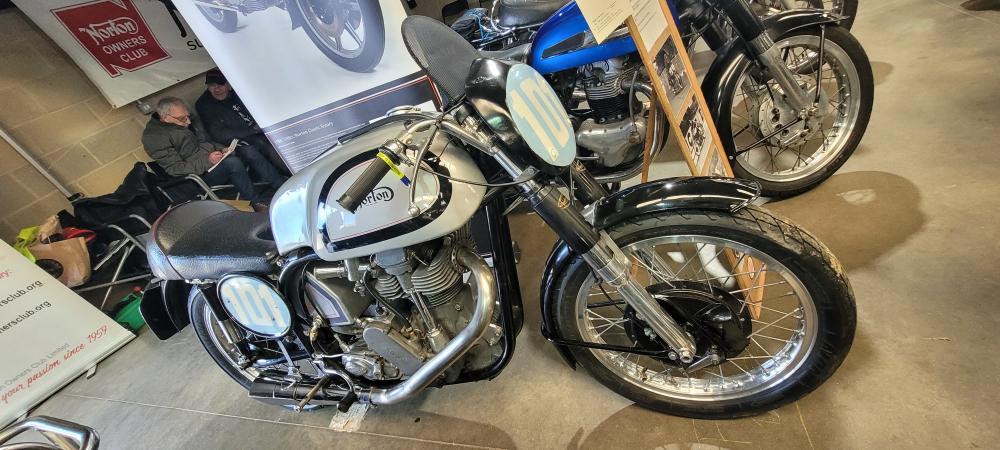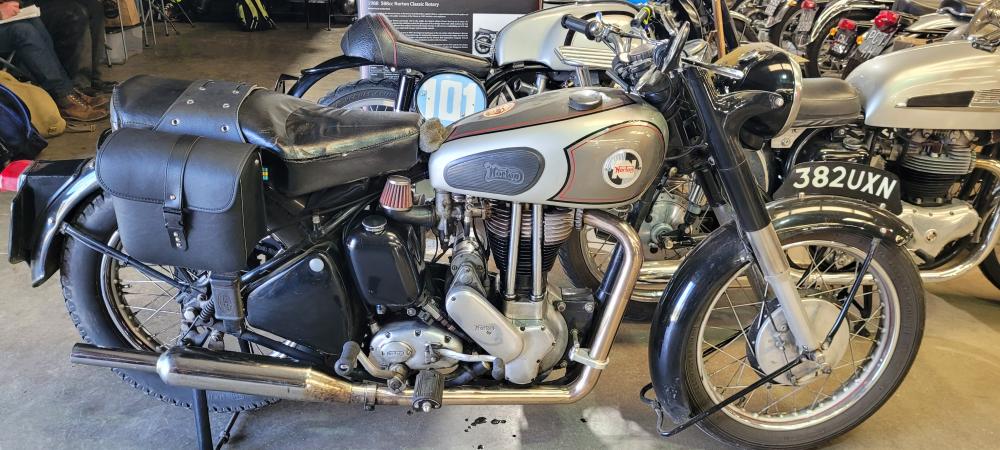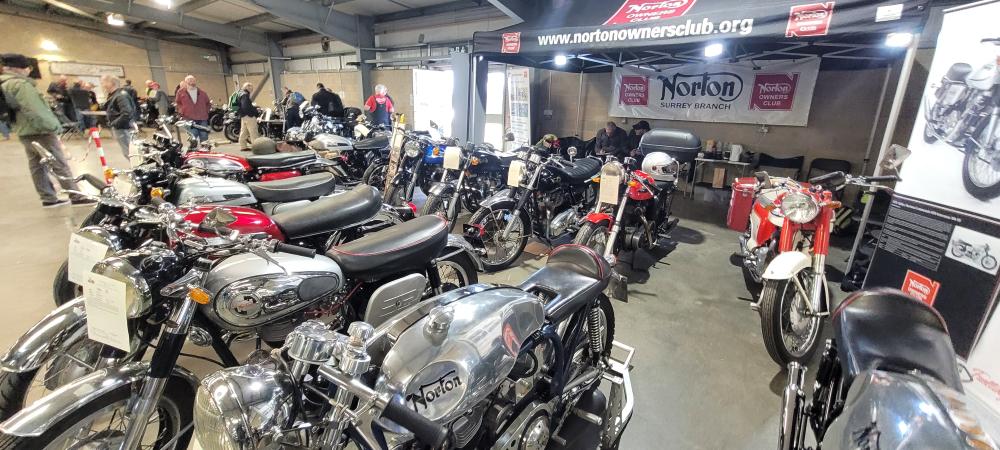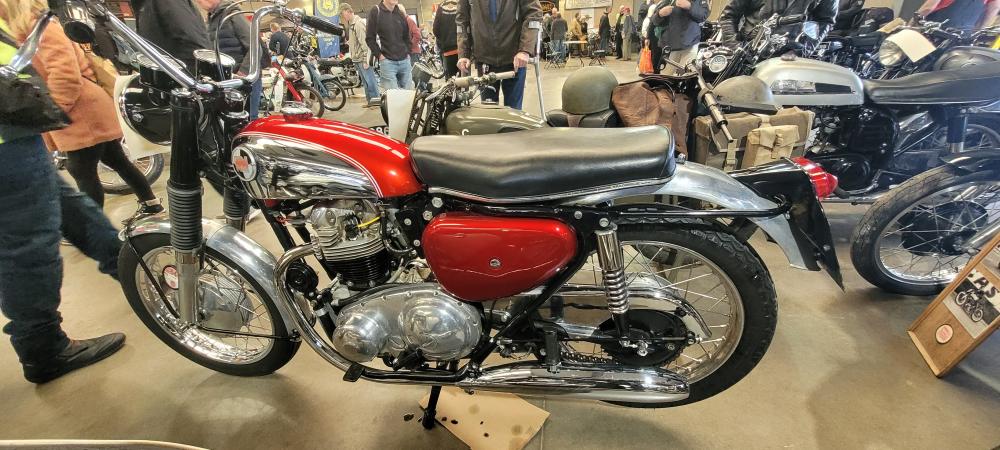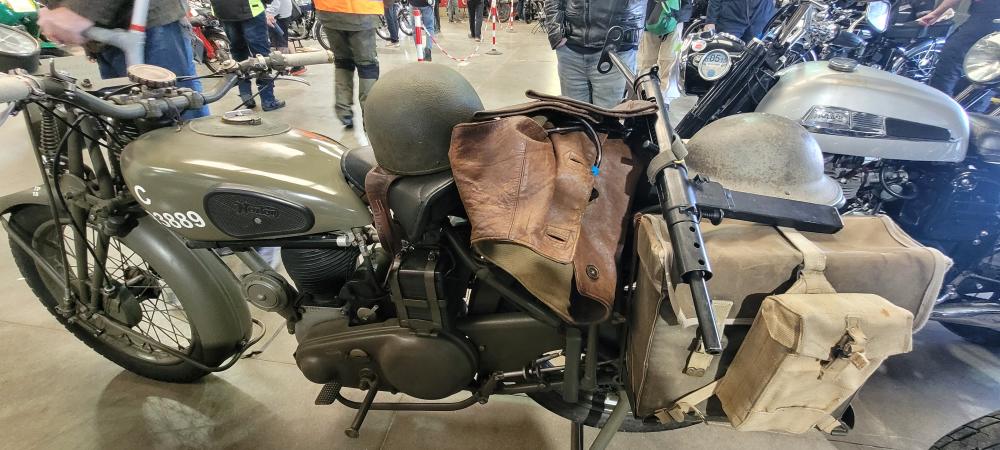A review of correspondence from NOC-L
Sealed vs. shielded wheel bearings
|
"The shielded bearing in the rear drum of my 1973 850 leaked; so have the other wheel bearings. Lots of wheel bearings in cars are sealed now, so how about putting a sealed bearing in the drum and wheels too, or maybe single seal bearings in the wheels?" |
Grease leaks due to heat build up
I have found that the problem with the grease leaking out of the bearings is due to heat build up from too much use of the rear brake. The only way to eliminate the leaking grease, if the rear brake is used a lot, is to run bearings with no grease. However this could cause the rear brake to become permanently on.
John Mead (john.mead@mci2000.com) on NOC-L 20th. Feb 1998
Refit a different bearing with a special grease
I think you are on to something here. I don't normally use the rear brake much, but the brake could have been dragging some. The felt seal didn't seem to fill the space and although the bearing was installed years ago by a reputable Norton shop, the grease is of unknown type.
What I'm considering at this point is to get a single sided sealed bearing, run that side facing the inside of the drum, and pack the bearing with something good from Redline or somebody. SKF has a sealed bearing that uses oil in a polymer matrix that sounds kind of interesting.
Bob Patton (bpatton@humboldt1.com) on NOC-L 21st. Feb 1998
Sealed bearings successful
I have been using sealed type replacement bearings for many years in the wheel hubs where the single row bearings are used. Besides never needing greasing, they have the additional benefits of being cheap and available from any local bearing store.
I have not had any luck in finding sealed variety replacements for the double row bearings as used on the disc side of the front hub and in the rear brake drum, but I wonder if two sealed single row bearings are available in a width that would allow them to be used side by side for an overall width of the same as the original double row item.
Gary Slabaugh (gbslabaugh@sprintmail.com) on NOC-L 22nd. Feb 1998
Sealed bearing for the front disc side
There is a sealed bearing available for the front disc brake side; it is only about 1.5mm wider than the stock setup. To create more room inside the hub, you have to file the same amount off the central spacer located between the bearings. This way your entire front end is nicely sealed and protected from the elements. The same thing does not work inside the rear hub, because it is more difficult to create that extra 1.5mm width.
Klaus Kaak (kaak@inforamp.net) on NOC-L 23rd. Feb 1998
Some bearing details
Bearing 040100 = Ball journal 17 x 40 x 12 mm
FAG 6203 / 6203.2ZR / 6203.2RSR 6203.2ZR has two nonsealing covers. 6203.2RSR has dual lip seals. The width of the bearing (16 mm) no longer matches the original bearing and machining of the hub bearing spacer and/or hub will be required.
Bearing NM.17721 = Double-row ball journal 17 x 40 x 16 mm
No FAG bearing is available according to my catalogue. SKF 4203 is listed. No sealed bearings are available (I checked with the bearing supplier). FAG sealed bearings are available (17 x 40 x 17.5 mm), but will either require machining the drum, or making the outboard felt seal and the felt retaining washer slimmer. There shouldn't be a need for a felt seal then, so making up a thin spacer would probably do. (I do not have these hub parts myself, so I can't assess the situation).
FAG 3203B.2RSR.M is a double-row slanting ball journal (17 x 40 x 17.5 mm), equipped with a brass (optionally steel) cage and dual lip seals. It is a substitute for the SKF bearing in almost any other respect. The optional cage material is Polyamide 66 (.TVH, .TVP) rated for continuous temperatures up to 120oC (248oF) only. If fitted to 1972 and onwards Commandos (which had the bearing fitted in the brake drum), a brass or steel cage. is suggested.
Sealed FAG bearings are factory filled with lithium grease rated for 120oC (248oF) peak loading temperature (non-continuous). Special temperature-resistant grease is required for continuous operating temperatures above 70oC (158oF) and will require shorter lubrication periods (every 500 hours of operation, or every second year is suggested). It should be noted that the seals used in these bearings are rated for a maximum of 110oC (230oF) continuous operating temperature only. For racing, the old Dommi setup, is suggested, whereby a double-row bearing is placed in the rear hub, not in the brake drum. Alternatively, fit a Mk.lll disc brake.
Knut Soensteby (kso@lhg.hib.no) on NOC-L 23rd. Feb 1998

